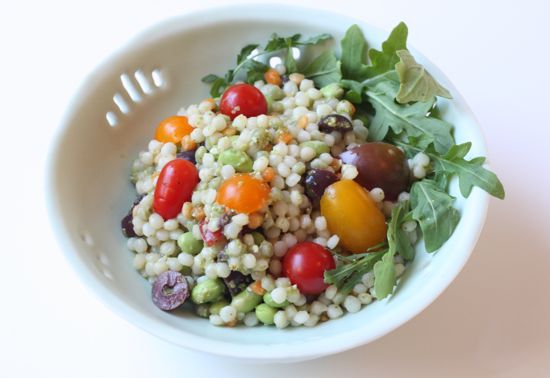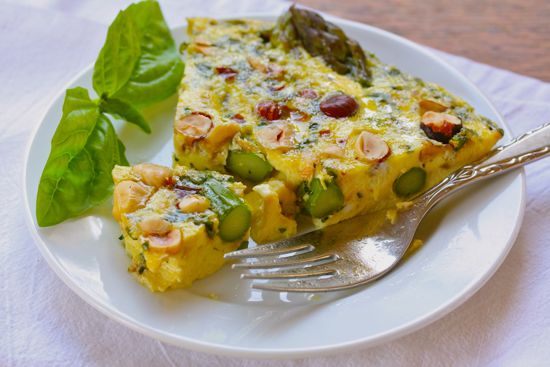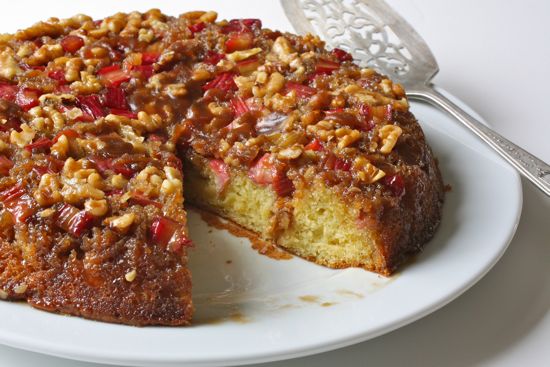
Today is birthday number 10 for our sweet golden retriever, Sunshine’s Agatha Super Sleuth – better known as Aggie
Normally I don’t do nutty things like celebrate a dog’s birthday, but we’re so grateful to have her still with us after a couple of scary bouts with pancreatitis last year. Besides, a couple of her youngest fans thought it would be a great idea.
So we threw a little party for her last weekend, complete with a piñata filled with treats and squeaky balls for the dogs. And a fabulous carrot cake for the humans.
Chocolate cake, usually my first choice, was out of the question since we were pretty sure that the youngest guests would to try to sneak the honoree a taste. That would have been a disaster. Dogs can’t tolerate the theobromine in chocolate.
This cake was so good, though, no one even missed the chocolate. Banish all memories of soggy, leaden carrot cake overpowered by an excess of cinnamon and cooking oil. This cake from Dorie Greenspan’s “Baking: From My Home to Yours” (Houghton Mifflin, 2006) carries a full load of carrots, coconut, pecans and raisins without feeling heavy or soggy. The flavors are rich and nicely balanced, with just enough cinnamon to make it appealing.
Part of the secret, I think, is this variation uses less oil than most traditional carrot cakes. The recipe I used for years calls for 1 1/2 cups oil. So do most of the recipes I looked up in my many baking books before I found this one, which cuts the oil by a third.
Dorie Greenspan always comes through. Her recipes, written in her trademark chatty and generous style, always work.
I made few alterations to the cake, which Dorie credits to an old friend, Bill Bartholomew. Sunflower oil substituted for canola, which I detest for its lingering aftertaste, and the cake was baked in two layers instead of three. (I only have two 9-inch pans and wasn’t about to buy a third.)
The layers did sink a bit in the middle, but a generous layer of icing took care of that. Toasted coconut filled in the slight depression prettily.
Toasted coconut filled in the slight depression prettily.
With a scoop of ice cream, you couldn’t ask for a better birthday cake.
Too bad Aggie couldn’t have a slice. But we love her and want to keep her around as long as possible.
Happy birthday, dear Aggie!
A CARROT CAKE IN AGGIE’S HONOR
Serves 10
For the cake:
1/2 cup raisins
1 cup pecans
2 cups all-purpose flour
2 teaspoons baking powder
2 teaspoons baking soda
2 teaspoons ground cinnamon
3/4 teaspoon salt
3 cups grated carrots (3-4 large carrots)
1 cup shredded unsweetened coconut
2 cups sugar
1 cup sunflower or other vegetable oil
4 large eggs
For the icing:
8 ounces cream cheese, at room temperature
1/2 cup (1 stick) unsalted butter, at room temperature
1 pound (about 4 cups) powdered sugar, sifted
1 tablespoon fresh lemon juice
1/2 cup flaked coconut for topping, toasted (optional)
Preheat oven to 325 degrees. Butter two 9-x-2-inch round baking pans and dust with flour, tapping out excess. Using parchment paper and pencil, trace around outside of pan bottoms and cut out circles. Press parchment circles in bottom of pans and butter lightly.
Place raisins in a small bowl and drizzle with a tablespoon or two of boiling water to plump them up. Drain and set aside.
Place pecans on a baking sheet in a single layer and slide into oven to toast until lightly browned and fragrant, 5-10 minutes. Remove nuts from oven, let cool and chop coarsely. Set aside.
In a medium bowl, whisk together flour, baking powder, baking soda, cinnamon and salt to blend. In another medium bowl, combine chopped pecans, raisins, carrots and coconut.
In the work bowl of a stand mixer fitted with a paddle attachment, beat together the sugar and oil at medium speed until smooth and fluffy. Beat in eggs, one at a time. When batter is smooth and shiny, reduce the mixer speed to low and add the flour mixture. Mix only until the dry ingredients are incorporated, then gently mix in the wet and chunky ingredients. Divide the batter between the pans and smooth the top.
Bake for 40-50 minutes until the cakes begin to pull away from the sides of the pans and a thin knife inserted into the center comes out clean. Cool cakes in their pans on a wire rack for about 5 minutes. Remove cakes from pans by running a butter knife around the sides of each pan to loosen and turning pan upside down onto a plate. Turn cake right side up, paper side down, and slide back onto the rack. Continue to cool until cakes reach room temperature.
Meanwhile, make the icing in the stand mixer. Beat cream cheese and butter together on medium high speed with the paddle beater until creamy. Add lemon juice and beat a couple of seconds. With mixer on low speed, gradually add sugar until incorporated, then raise speed to high and beat until extremely smooth.
Remove paper liner from first layer and place cake on a large plate. Spread half the icing evenly over top. Remove paper liner from the remaining cake and carefully position the second layer atop the first. Spread remaining icing over top in decorative swirls. Sprinkle with toasted coconut.
Serve.
Adapted from “Baking: From My Home to Yours,” by Dorie Greenspan












